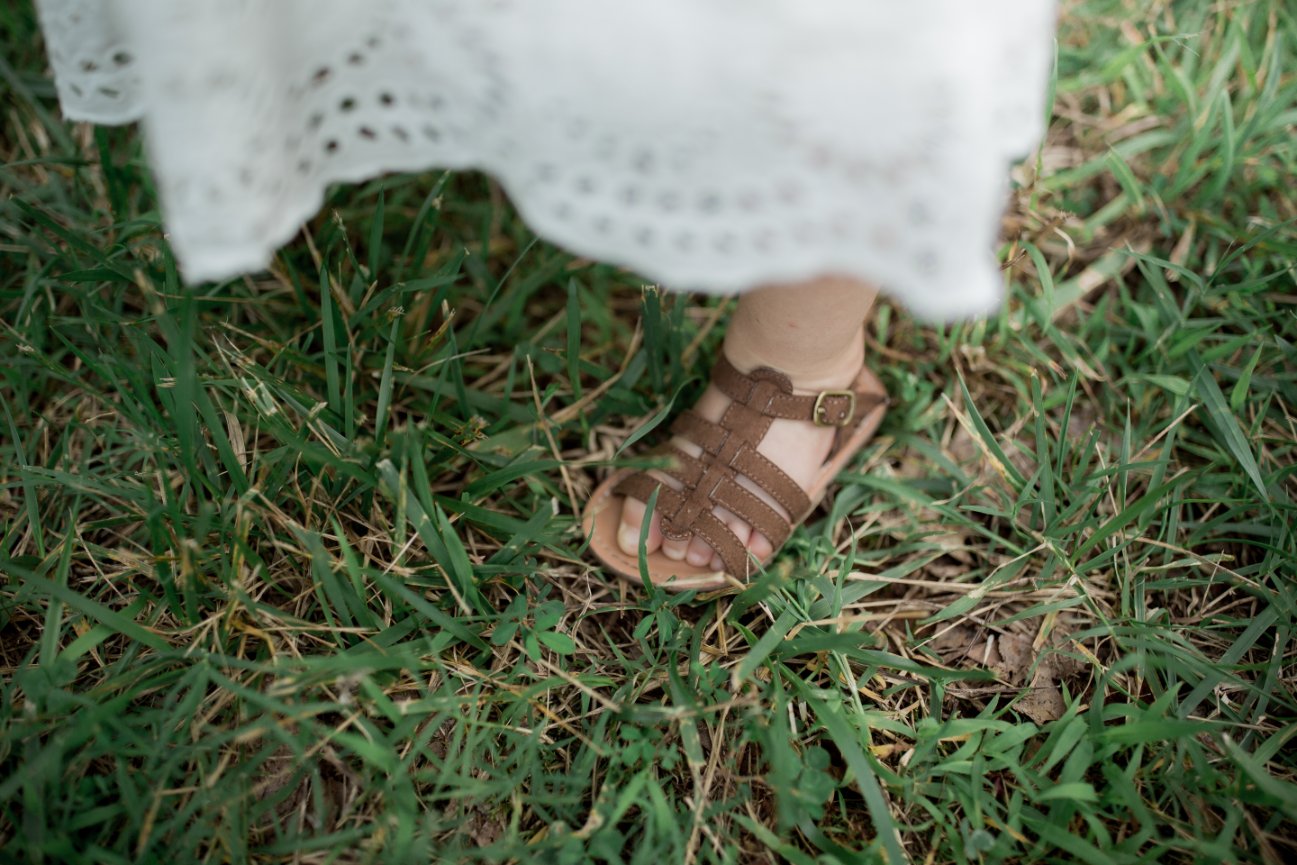
This comes out of the theory of abstract dramatic structure I developed for my time-based artworks, drawing on Emotion and Meaning in Music by Leonard B. Yes, and so watching our “self” mirror someone outside of our control is uncanny and provokes a very unsettled emotional response. But the moment of recognition, and our immediate emotional response to seeing another’s face smile or grimace – the firing of a mirror neuron maybe – is what makes us all human. The ability for the impersonation or fake to be realised not just at the level of static representation - in likeness only - is really interesting too. The movement of one’s face is not something that is on an identity card even though control systems seek ever greater granularity in identity certification, like the way you bop your head up and down, or other gestures or movements, not just the shape of your ear or the colour of your eyes. I also think this is where this work really stands out, as the algorithm plays a key role in creating a personal and emotional moment. In this case, you’re working from speeches – putting words in someone else’s mouth – rather than trying to make meme-worthy celebrities of us all.
#Composure photography generator#
I’m also reminded of Fantasy A-list Generator by Active Ingredient (a duo of artists) which I commissioned in 2008 - where gallery visitors could dress up in wigs and hats and press a button to be interviewed by a piece of software pulling questions at random from a database populated by an archive of television interviews of celebrities (the resulting videos were projected on the gallery wall outside the interview booth, and visitors could also post them to social media a bit like when people use Snapchat, YouTube or TikTok to enhance their online personas or to try and become celebrities). That does make Lend Me Your Face: Go Fake Yourself! very different from earlier works which let users choose to be somebody else.

Those works were giving the user agency, offering an invitation to the viewer, to give their face, but for a clear reason that they wanted to be part of – to swap, confirm or create a new identity, not just to be used as a mouthpiece, as it were. I think there are other interesting examples of works of art, even from 20 years ago, before we started talking about facial recognition software or deepfakes, where users were invited to upload pictures in order to become someone else, such as (Heath Bunting and Olia Lialina)’s Identity Swap Database (from 1999) or Cheryl L’Hirondelle’s Treaty Card (from 2002), both now critically endangered works of net art, in which you could put your photo in and the system would make you new pieces of identification which you could actually use in the real world. You invite people in the web version of the work to upload their own picture, and yet, when I did it yesterday, I didn't know who I would be turned into – I didn’t want to be Boris Johnson! But suddenly I was there, speaking his words, with that kind of embodiment. By the time they got to our hall, their deepfakes were on the large screens. In that group exhibition, our assistants asked people waiting in line to enter if they wanted to be photographed to be part of one of the artworks. That tension is a very conscious part of the project and that's what makes the piece stronger: when you participate and soon thereafter see your face in public on the large screen, as in the premiere of Lend Me Your Face! in the Artists’ Association show “Götzendämmerung” in Haus der Kunst. Playing with that dynamic, that tension between people's desire to see their faces on the big screen and their realisation that it could be problematic for them personally. On the one hand, seducing people to lend their faces on the other hand, exposing them publicly, mouthing the words of public figures they may or may not actually support.

That's part of what I play on with Lend Me Your Face!.

Selfie culture is such a compelling addiction that it overwhelms caution.

Many rioters who stormed the US Capitol building on January 6 did not hide their identity behind a mask and even took selfies while engaging in clearly illegal activities.


 0 kommentar(er)
0 kommentar(er)
